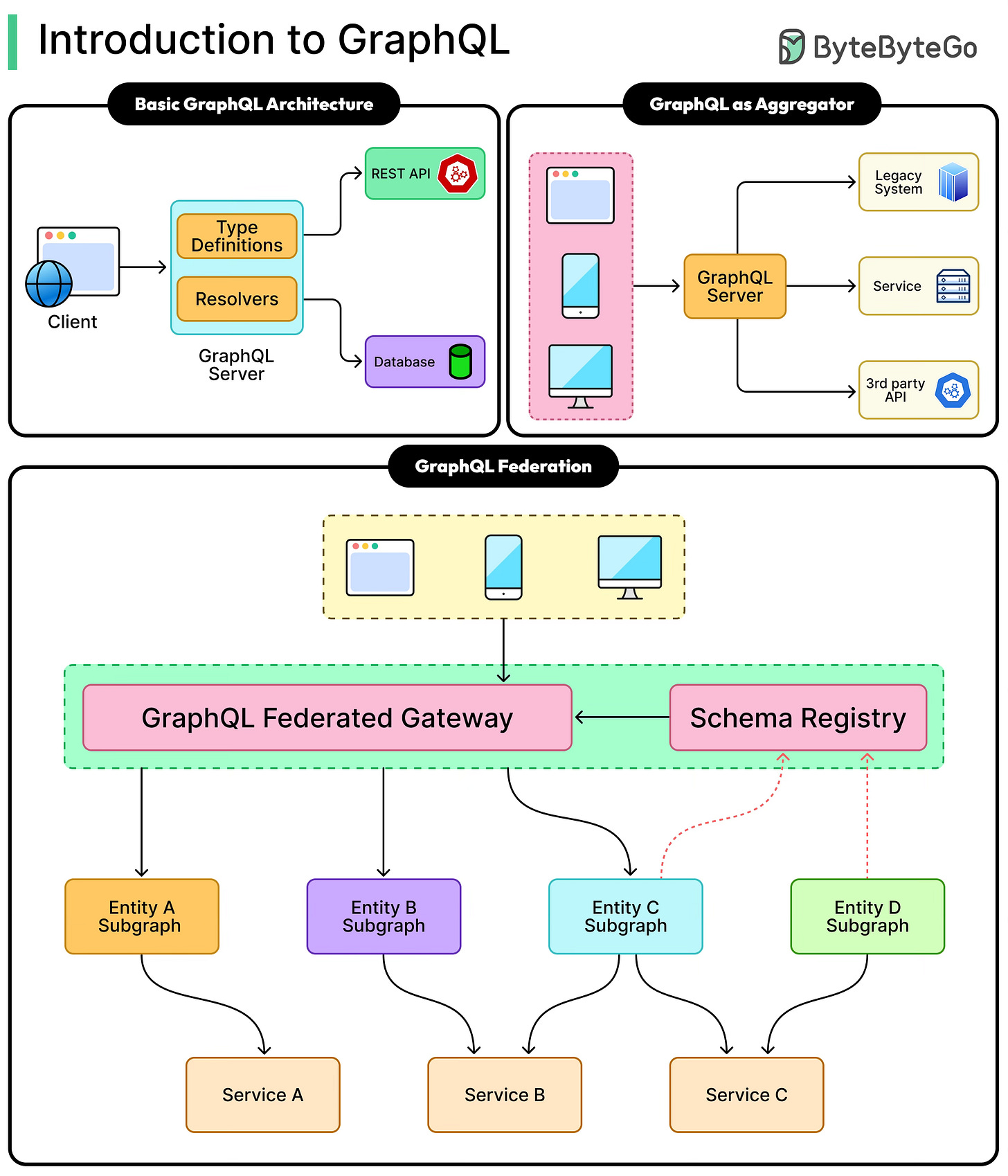GraphQL 101: API Approach Beyond REST
GraphQL is a modern way to build and use APIs. It was first created by Facebook in 2012 and later released as open source in 2015. Unlike the traditional REST approach, where the server decides what data is returned, GraphQL allows the client to ask for exactly what it needs. This simple shift makes APIs more flexible and efficient, especially when dealing with complex applications that use data from many different sources.
Over the past decade, GraphQL has grown into a powerful standard used by companies of all sizes. It helps developers avoid common problems such as downloading too much data or making multiple calls to get related information. At the same time, it enforces a well-defined structure through its type system, giving both backend and frontend developers a clear contract to work with.
In this article, we will start with the basic concepts of GraphQL, covering how it works and why it has become so popular. From there, we will look at different ways GraphQL can be used as part of system architecture, from simple deployments to large-scale environments. Finally, we will explore advanced topics such as GraphQL Federation, which allows teams to manage APIs across many services in a unified way.



